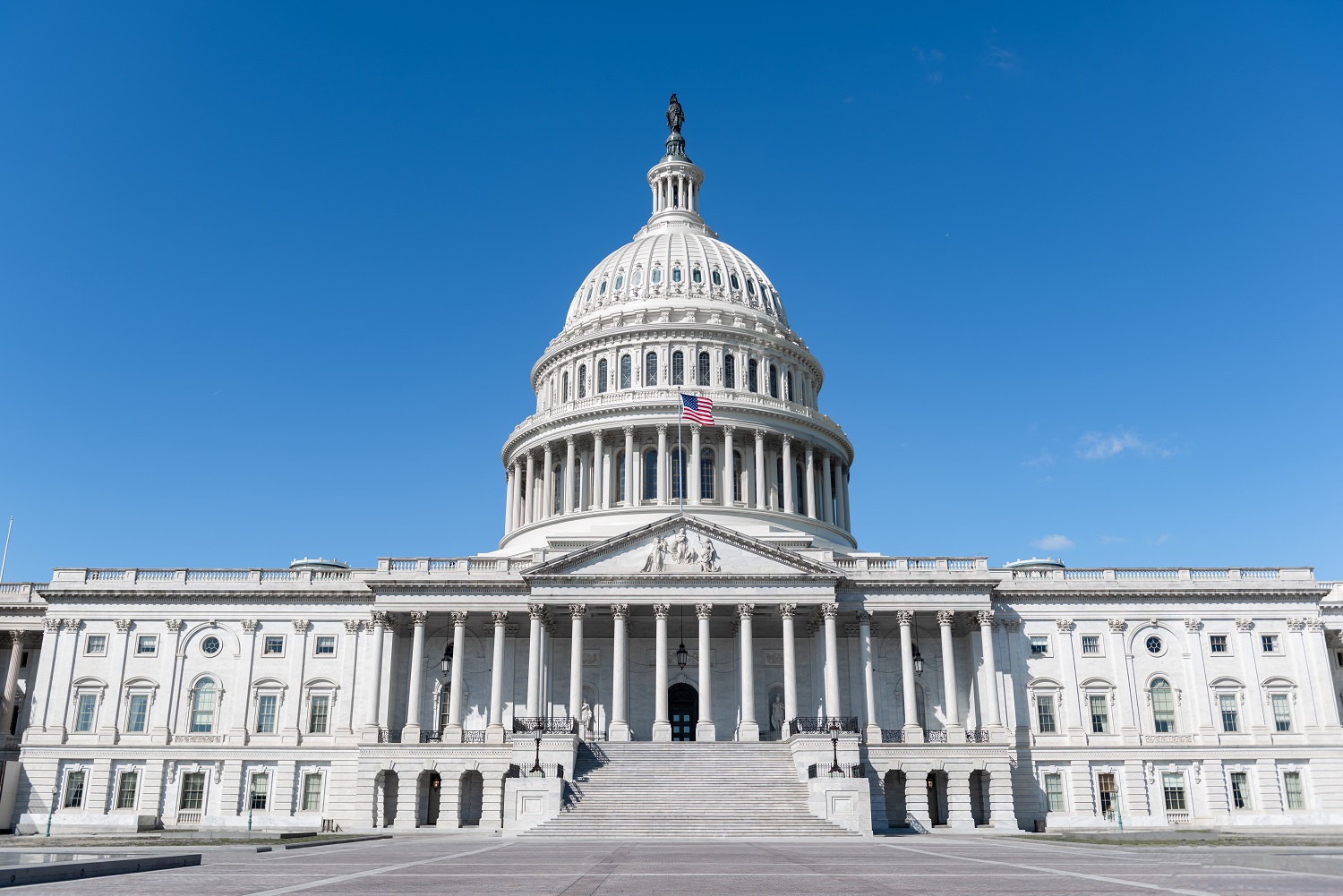After more than a decade of operations, MCC has made the shift from innovative start-up to established donor agency. “MCC NEXT,” the agency’s new, much-anticipated strategic plan, takes a hard look at how the poverty and development landscape has evolved over the past decade and stakes out the position a more mature MCC should take in this new context.
“MCC NEXT” is big—really big: 5 goals, 20 new strategic directions, 38 priority actions! It’s bold, too—it changes the way it talks about the agency’s goals and takes on nearly every priority the field of development currently embraces. MCC should be applauded for its vision, and indeed there are a number of things to like about the plan. But the new strategy also raises questions, including some deeply fundamental questions about how key parts of the new vision fit with MCC’s core model.
Here are just a few of the things I like about MCC NEXT:
-
The mission still matters. It restates the importance of the singular mission (poverty reduction through economic growth) and the key principles that underpin the model: good governance matters for poverty-reducing growth; country ownership is critical for program success; and achieving results requires rigorous, data-driven analysis throughout the life of the project—to inform project selection and design, to track progress, and to measure impact.
-
CGD work is represented. It reflects ideas CGD has promoted, like paying for outcomes (e.g., COD Aid, Development Impact Bonds), using new technologies to solicit input/feedback from beneficiaries, and exploring alternatives to GNI to better assess development need and create a better pool of candidate countries.
-
It highlights complexity. Poverty reduction through growth may be a simple tagline, but it’s not a simple prospect. The plan helps stakeholders understand a sample of the important issues MCC and its partner countries have to grapple with when trying to identify and implement growth strategies—vulnerability, gender inequality, climactic risk, weak governance, etc.—and raises MCC’s profile as a source of knowledge and learning in these areas.
- Information sharing is emphasized. MCC is already a true leader in transparency, but the plan commits to greater sharing—of data, analyses, project due diligence, project design lessons learned, etc.—to the benefit of country partners, other donors, and private sector investors.
But the plan does raise a number of fairly fundamental questions about the future direction of MCC.
-
How will MCC prioritize priorities? With less than a year left in the current administration, it’s interesting timing for a strategic plan, especially one with 20 new directions and nearly 40 priority actions. Some of these reflect shifts already underway, but others are more nascent, and clearly not all of them can truly be a priority. What is most important to this leadership team? What will they emphasize in their remaining 10 months?
-
Where do partner priorities fit? Imagine being a finance minister of a newly eligible country. You’ve been tasked with proposing a package of investments for MCC to finance and want to craft something the agency is likely to accept. Of course the constraints to growth analysis helps to narrow down the sectoral focus, but it should be your country’s priorities—informed by deeper analysis of what’s contributing to growth constraints in key sectors—that should frame what the program looks like. But then you see this incredibly broad plan—urbanization, domestic resource mobilization, local governance reform, anticorruption programming, public private partnerships (PPPs), oh my! And all priorities for MCC. Do you sense a risk that analytical findings will be steered according to MCC priorities? Do you try to work in as many of these priorities as you can? What about your own? MCC reiterates its commitment to country ownership in the plan, but by listing so many of its own priorities, it’s harder to see how country priorities fit in.
-
Where does cost-efficiency fit? MCC attempts to define and value the benefit streams for the vast majority of its portfolio. But will MCC be more inclined to favor projects even if the cost-benefit ratio is unknown or unfavorable as long as they align with MCC NEXT priorities?
- How does “systemic impact” fit with a focus on results? One of MCC’s clear strengths has been its focused mission and relatively clear identification of the goal it is trying to achieve: poverty reduction through economic growth, as measured by increases in household income. With barely a mention of household income in the strategic plan, there seems to be a shift away from this definition. The new focus revolves around “systemic impact,” which sounds good, but lacks a lot of the detail important for an agency focused on results. Namely, what does “systemic impact” mean? How does MCC define it? How does it measure it? What does success look like? To date, it has been hard to definitively answer the fundamental question of the MCC experiment: does foreign assistance delivered according to foreign aid best practices get better results (i.e., actually reduce poverty)? It’s a hard question to answer, not least because it’s hard to establish a counterfactual. However, my fear is that without a clearer plan for measuring progress toward an imprecisely-defined new goal of “systemic impact,” we may be getting further from an answer.
Disclaimer
CGD blog posts reflect the views of the authors, drawing on prior research and experience in their areas of expertise. CGD is a nonpartisan, independent organization and does not take institutional positions.





